
Mini Black Micro To USB 1/2 Micro To USB Micro F To USB F Adapter Connector Converter Phone Plug
USB 3.1 Gen 1, originally known as USB 3.0, is capable of 5 Gbps transfer speeds---that's called SuperSpeed. USB 3.1 Gen 2 is capable of 10 Gbps transfer speeds---that's called SuperSpeed+. Technically, it accomplishes this by using 128b/132b encoding in a full-duplex communications mode. Full-duplex communication is exciting because that means.
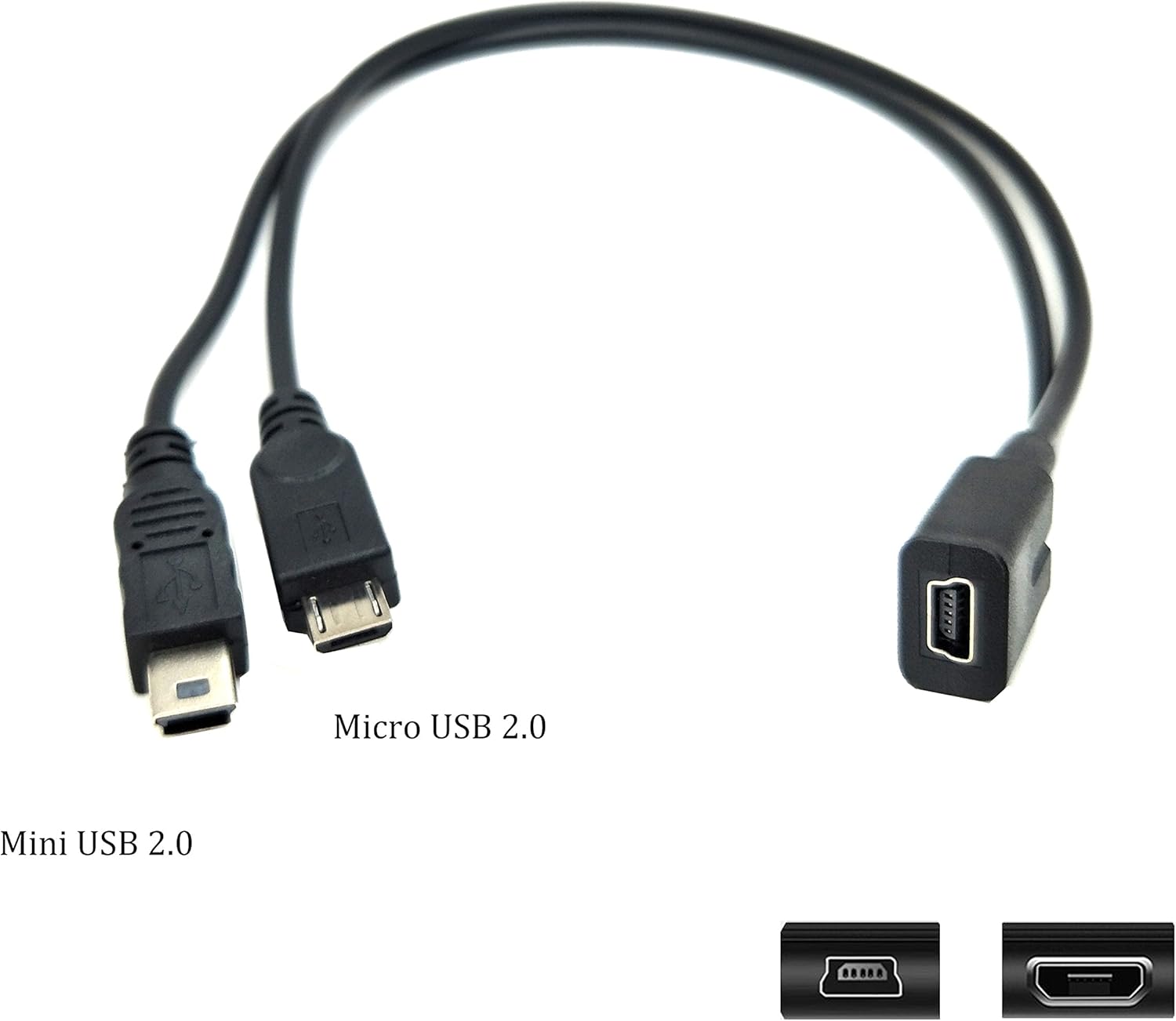
Duttek Mini USB Y Splitter Cable, Mini USB Female to Micro USB Male and Mini USB Male 2 in 1
The first, USB 1.x, is old and incredibly slow, and can only move 1.5 Mbps. Your odds of finding a device in the wild still on 1.0 are slim to none. The slightly less old (and comfortably slow) USB 2.0, however, is still relatively common, though you'll really only find it on older electronics. 2.0 has a full-speed option that can handle 12.
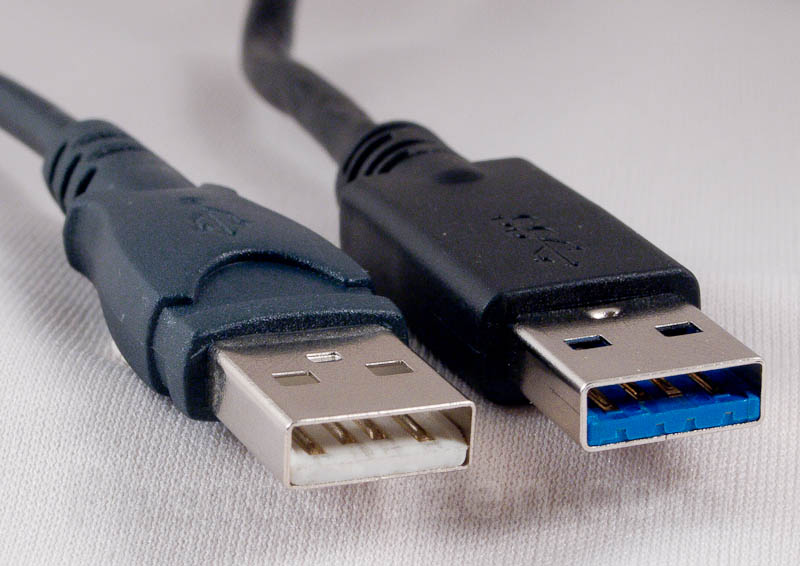
USB 1.1 2.0 3.0 ve 3.1 Arasındaki Farklar
USB 1 to 3 Port Splitter Cable, MOGOOD USB Type A Splitter 1 Male to 3 Female USB 2.0 Adapter USB Power Splitter USB Extension Cord USB 3 Way Splitter Hub for Charging/Data Transfer/Laptop/Mac. 885. $1299. FREE delivery Fri, Mar 8 on $35 of items shipped by Amazon. +1 color/pattern.

Mini Black Micro To USB 1/2 Micro To USB Micro F To USB F Adapter Connector Converter Phone Plug
Herfair USB Splitter 1 in 2 Out,Printer Splitter Switch for Two Computers,USB B Male to Dual USB Male Adapter Cable for Printer Scanner Fax Machine (5ft, One Side Working at A Time) 785. 100+ bought in past month. $1299 ($6.50/Cables) Save 15% with coupon. FREE delivery Fri, Mar 1 on $35 of items shipped by Amazon.

Itramax USB Splitter Y Cable 1FT,USB 1 Male to 2 Female Extension Cord Connector
Micro-USB Cables and Connectors Specification Revision 1.01 as of April 4, 2007 and corresponding Adopters Agreement. USB 2.0 Link Power Management Addendum Engineering Change Notice to the USB 2.0 specification as of July 16, 2007. High-Speed Inter-Chip USB Electrical Specification Revision 1.0 as of September 23, 2007.
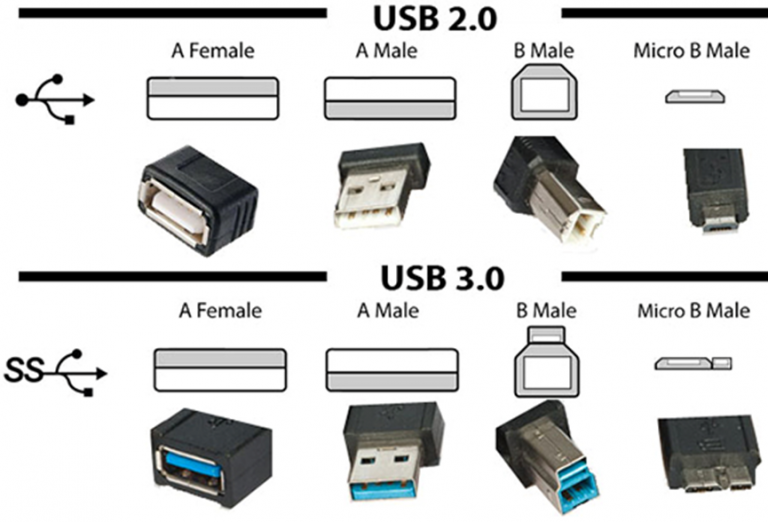
USB Through The Ages
USB 2.0 is the upgraded version of USB 1x, released in April 2000. The signaling rate was improved to 480 Mbps. This is up to 40 times higher than USB 1.0. Hence they are sometimes known as Highspeed USBs or High Bandwidth USBs. Other than Type A and Type B, USB 2.0 supports mini and micro connectors.

KABEL WTYK USBWTYK MICRO USB 1,2m Tomelektron Sklep części elektronicznych
USB 1 cables have black plastic inside the connector, while USB 2 cables have white plastic. Another way to tell them apart is by the number of wires inside the cable. USB 1 cables have four wires, while USB 2 cables have eight. Finally, you can also tell them apart by the maximum transfer speed. USB 1 cables have a maximum transfer speed of 12.

USB Ports, Cables, & Connectors Explained
Part Number: Input: 1 x USB 3.0 Cable1 x HDMI1 x VGA2 x USB 3.01 x RJ45 Gigabit EthernetCombo: 1 x SD Card Reader,1 x Micro SD Card Reader Type: USB to HDMI Adapters Color: Black Features: Upstream USB3.0 foldable extension cable designed for Mini Dock handy travelling Built in HDMI port maximum resolution up to 2560x1600 and VGA port reach at 1080p Two USB-A ports extended USB3.0 (5Gbps) data.

C2G 28108 USB Cable USB 2.0 One B Male to Two A Male YCable, Black (6 Feet, 1.82 Meters
The USB-IF says all fully compliant USB 1.1 cables sold also meet the specifications for USB 2.0 Hi-Speed (although low quality, non-compliant cables may not work at the higher speed).. USB 3.0 cables include nine pins (instead of just four for USB 2.0) and have a larger "B" (device) end that will not fit into USB 2.0 printers, scanners, etc.

Plugable USB 2.0 2Port Hub/Splitter Plugable Technologies
USB 3.0 / 3.1 / 3.2 (2008 / 2013 / 2017) In 2008, USB-IF introduced USB 3.0, which ran at a speedy 5 Gbps, offering roughly a 10x improvement in throughput over the preceding USB 2.0. Even today.
Deals15Super High Quality USB 2.0 Y Cable 1 Mini USB & 2 Normal USB Ports Type A for just Rs
Ports Spec: 1 x USB-C 2 x USB 3.0 2 x USB 2.0 1 x DisplayPort 1 x HDMI 1 x VGA 1 x RJ45 Gigabit Ethernet 4-Pole phone Jack SD/TF CardReader; Features: Compatible with Type-C USB3.1 Gen2 full specification PC Computer. USB-C power port support PD3.0 for upstream power charging to PC computer maximum up to 100Watt. DisplayPort support V1.2a; HDMI.
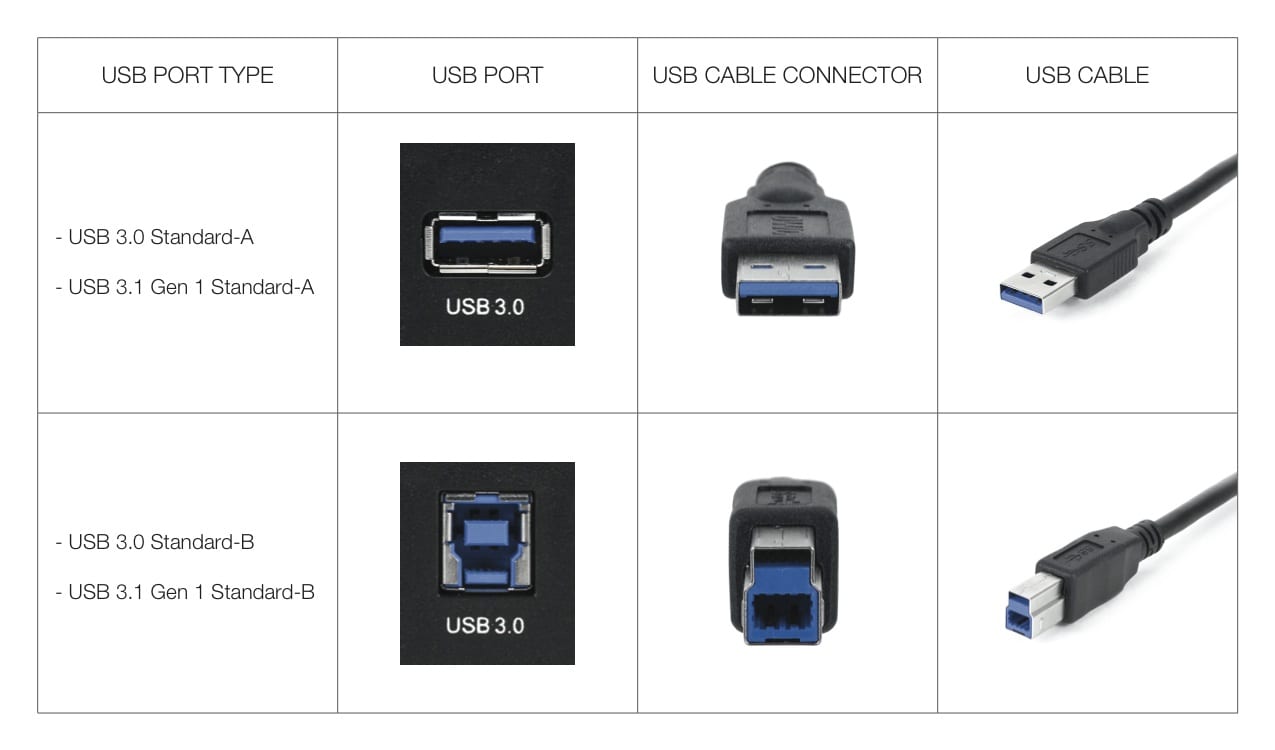
Tech 101 The History of USB … It’s Not Quite As Simple As 1, 2, 3 Other World Computing Blog
USB 3.2 Gen 2×1 (usually just called USB 3.2 Gen 2): SuperSpeed+ USB at 10Gbps. USB 3.2 Gen 2×2: SuperSpeed+ USB at 20Gbps (2,500MBps). The 2×2 means that the bus has two lanes rather than one—hence the doubled speed. A USB-C connector has four pairs of pins known as "lanes" that transmit and receive data. USB 3.2 Gen 1 (5Gbps) and USB.

Cable micro USB a USB 1.2 m Belkin
A compatibility table for USB 3.2, 2.0, and 1.1 connectors. The USB standard is so common that just about everyone can identify some of the more basic connectors involved with USB 1.1, especially the plugs seen on flash drives and keyboards, as well as the receptacles seen on computers and tablets . However, as USB became even more popular with.
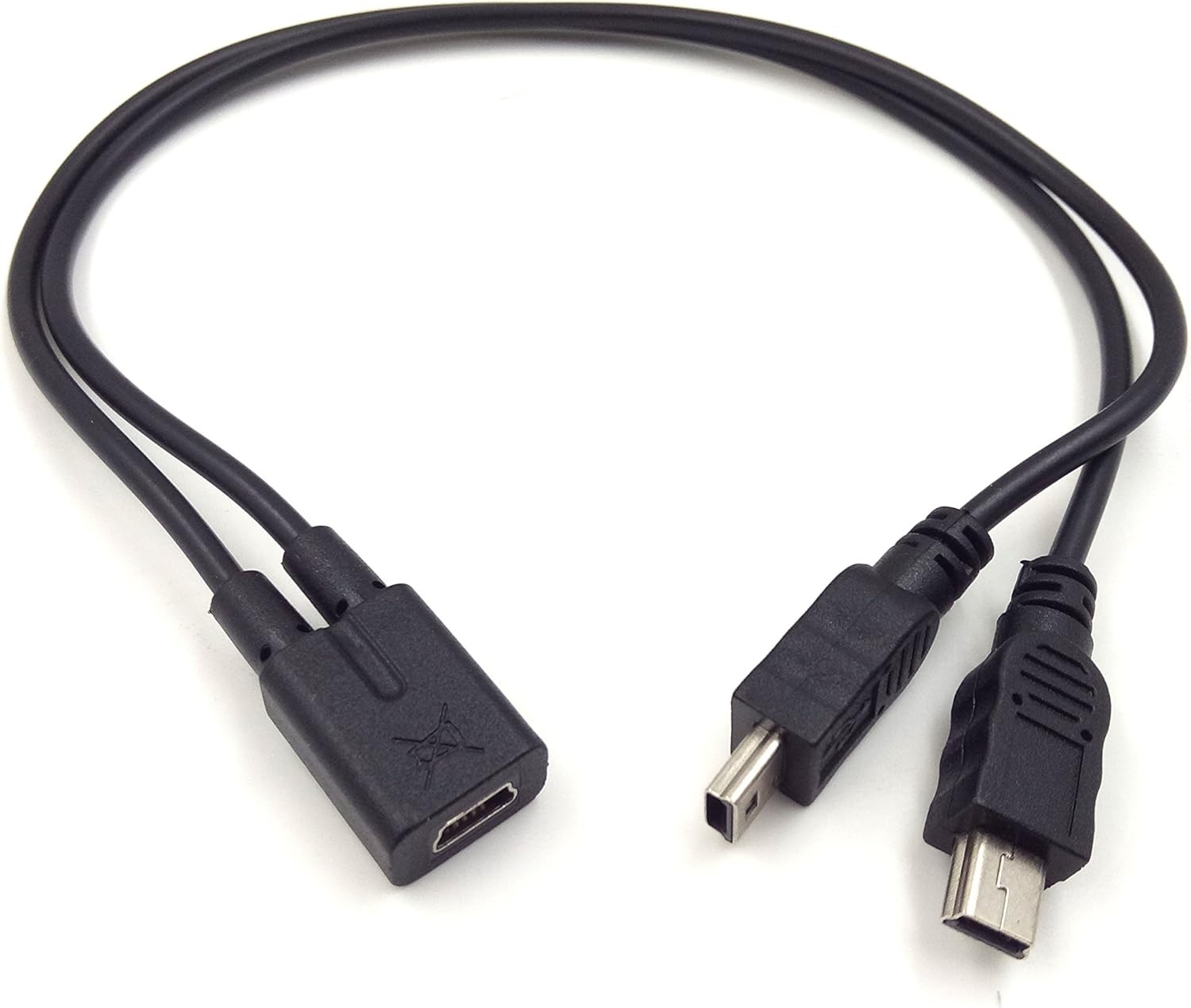
Mini USB 1 to 2 Y Splitter Cable, Haokiang 1Ft/30cm Injection Molding USB 2.0 Mini 5
There are actually two different "speeds" at which a USB 1.1 device can run at: Low Bandwidth at 1.5 Mbps or Full Bandwidth at 12 Mbps. This is considerably slower than the maximum transfer rates supported by other standards, especially the USB4 2.0's 80 Gbps cap, but also older standards like USB 3.0 (5,120 Mbps) and USB 2.0 (480 Mbps).
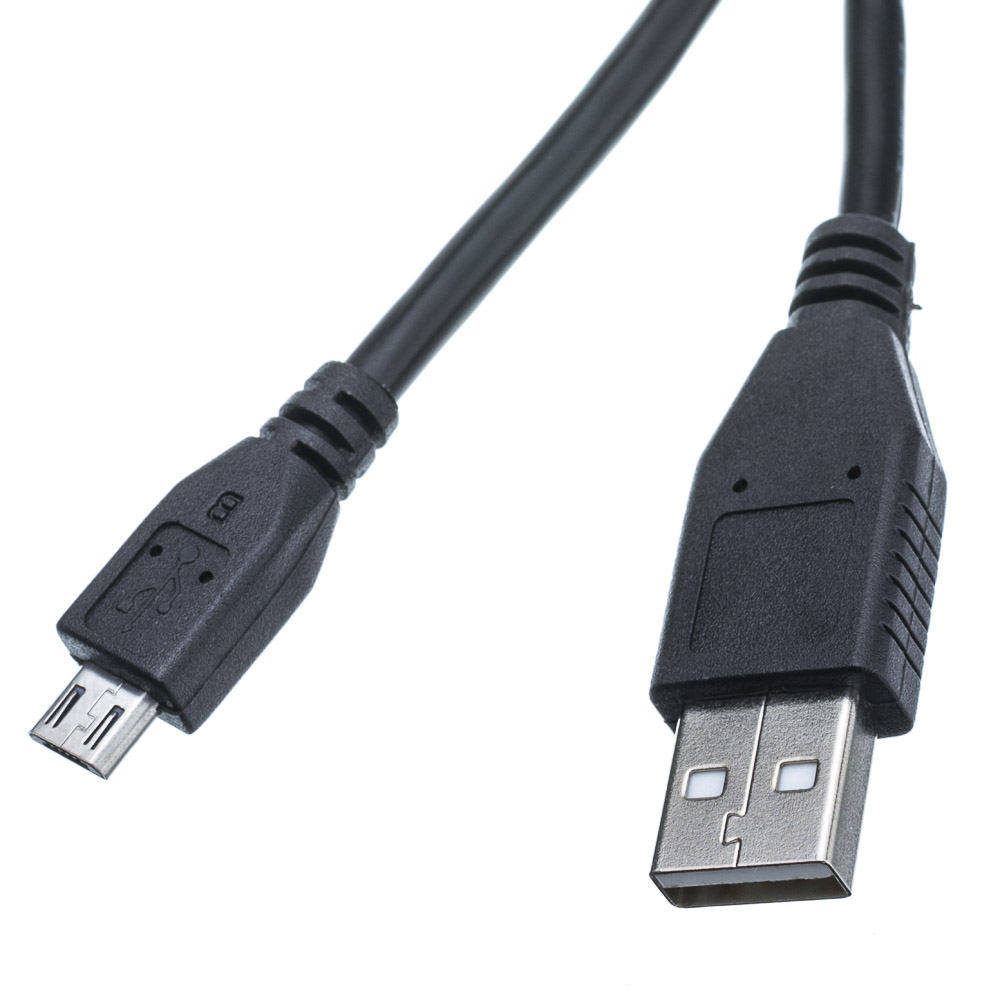
1ft Black Micro USB 2.0 Cable, Type A to Micro B
USB 2.0 and USB 1.0 differ in the data transfer rate they are capable of. The maximum speed that USB 1.0 devices can achieve is 12Mbps while 2.0 devices can theoretically achieve up to 40 times of that at 480Mbps. Note that since there are other factors that affect the total throughput, the true speed or the real world speed of both.
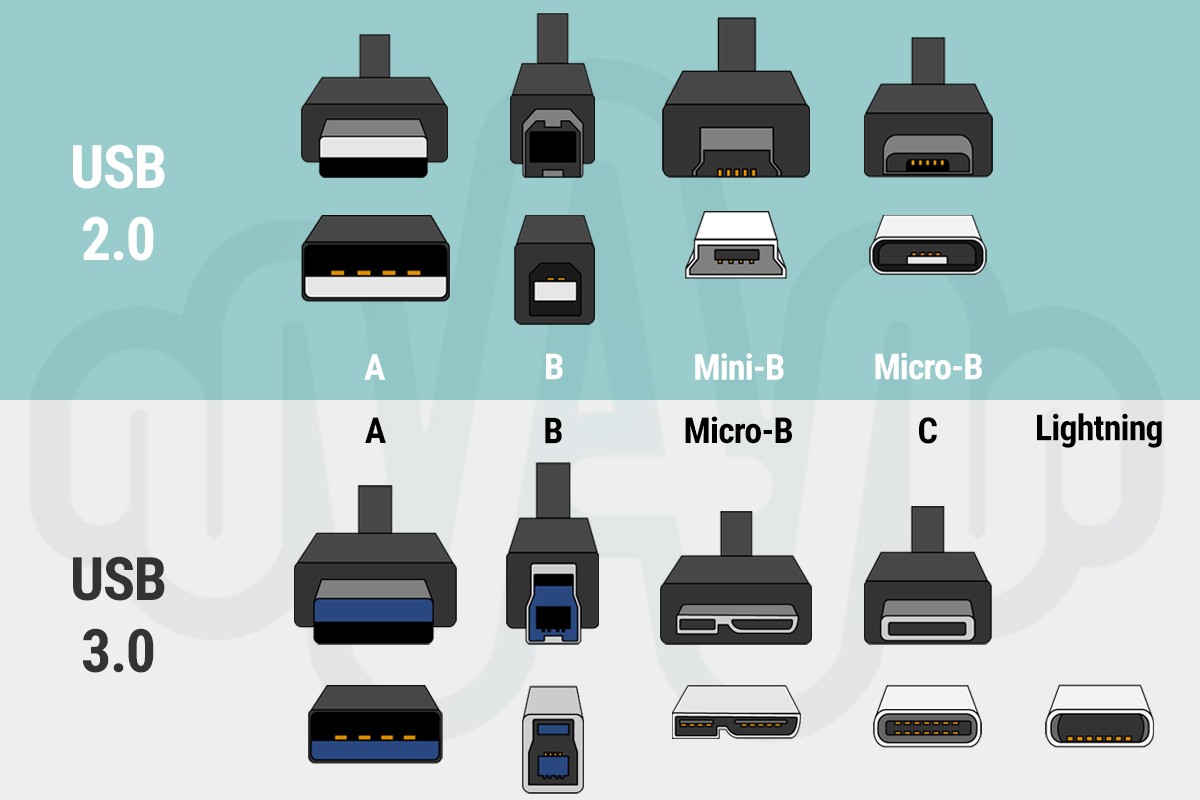
USB Cables, Connectors, USB Adaptors Audio Sanctuary
USB 1.0 and 1.1. USB 1.0 marked the first major release of the USB standards in 1996, offering data transfer rates of 1.5 megabits per second (Mbps) at low speed and 12 Mbps at full speed. Although USB 1.0 offered the convenience of hot-swapping and self-configuration, it was not widely adopted as the first commercially available version of USB.